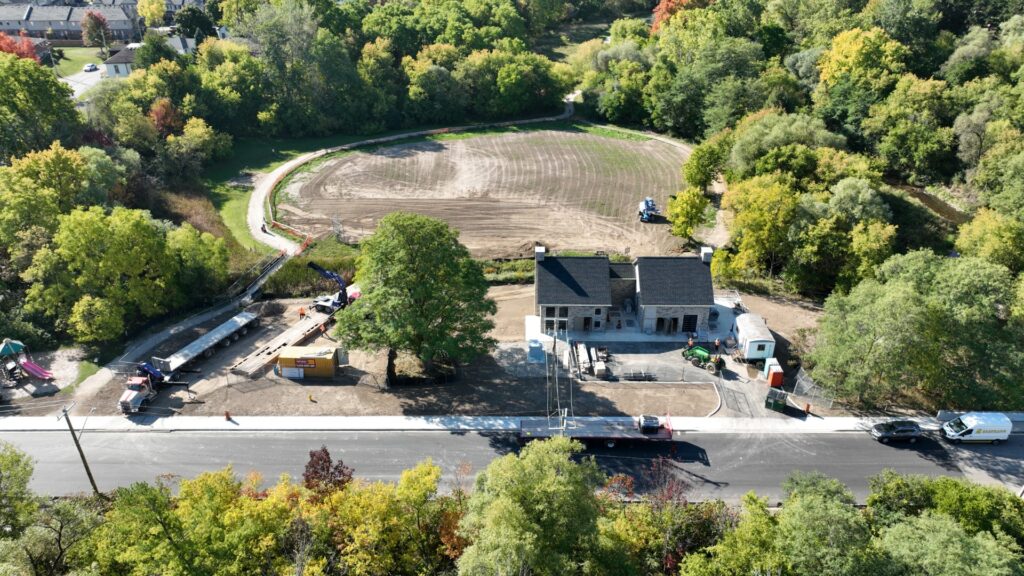Have you ever wondered what happens after you flush? Probably not—and that’s by design. Wastewater isn’t something most people think about unless there’s a problem. But behind the scenes, a lot is happening to move that wastewater safely away from our homes and businesses.
One key player in this system is the sanitary pumping station—those unassuming buildings scattered throughout our communities that quietly do the work gravity can’t.
What Do Sanitary Pumping Stations Do?
Most wastewater flows by gravity through a network of pipes to a treatment plant. But in low-lying areas where gravity alone won’t cut it, pumping stations step in. These facilities move wastewater uphill so it can continue its journey to a treatment plant.
At the heart of a pumping station is a large underground tank called a wet well. Wastewater collects here until it reaches a set volume. Then, a pump kicks in and pushes the wastewater through a forcemain—a pressurized pipe that transports it to a higher elevation and back into a gravity-fed system.

Designed to Blend In
Even though sanitary pumping stations are essential, most people prefer not to see—or smell—them. That’s why our wastewater engineers design stations to fit seamlessly into their surroundings.
- Low-profile buildings: Often similar in size and style to nearby houses, using matching bricks and roofing.
- Landscaping and fencing: Enhance the look and help the structure blend into the neighbourhood.
- Odour control: Constant ventilation prevents odour buildup, with air released well above ground level or treated using specialized filtration systems.
- Noise mitigation: Stations are built with dense materials like concrete and lined with sound-absorbing materials. Ventilation openings are fitted with acoustic controls.
Quietly Doing Important Work
When designed well, sanitary pumping stations become nearly invisible, doing vital work without disrupting the community. At MTE, our wastewater engineers have the technical knowledge and experience to design reliable, low-impact solutions that support growing communities.